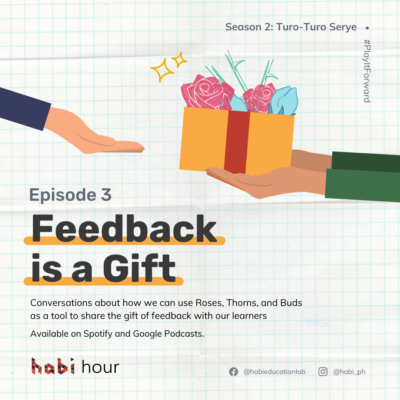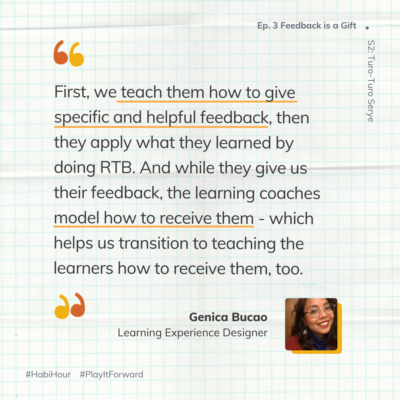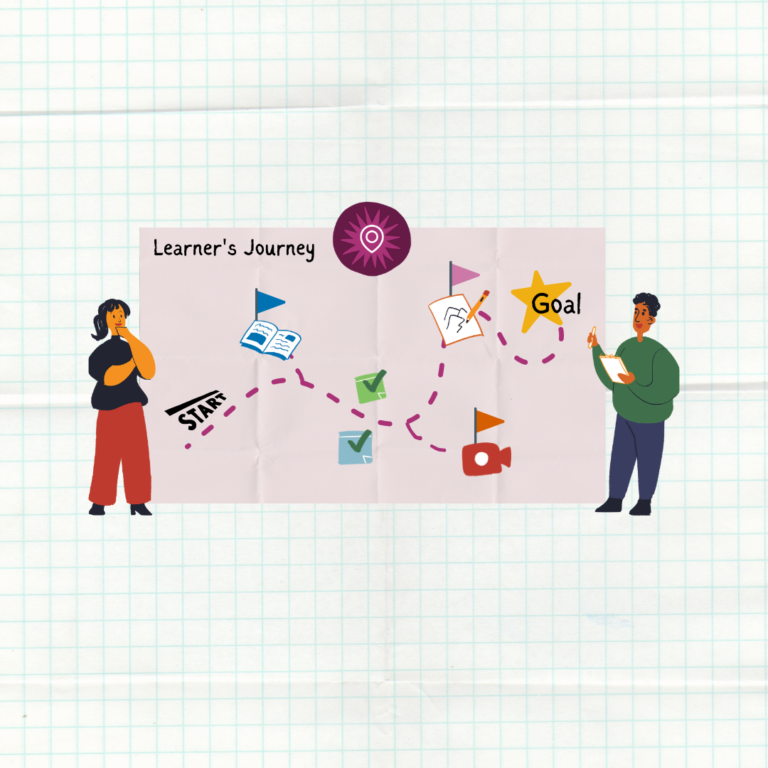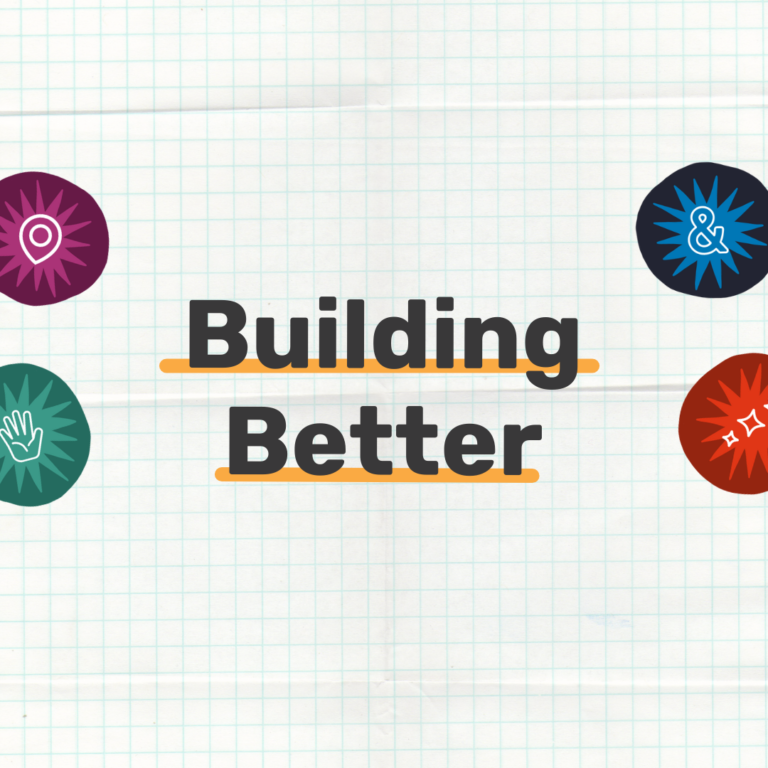Conversations about how we can use Roses, Thorns, and Buds as a tool to share the gift of feedback with our learners
Overview
23 April 2021 | 53 min and 42s
In Episode 3 of Habi Hour’s Turo-Turo Serye, we continue to share stories around the use of Roses, Thorns, and Buds (RTBs) and how it’s a good way for giving and receiving feedback. Let’s listen to Gen, a member of our Manghahabi Community, as she shares their story on how RTBs has helped them share this gift of feedback with learners.
Transcript
Introductions and Check-in
[Habi Hour Intro Music]
CELINA: Hello! And welcome to Episode 3 of the Turo-Turo Serye. Again, I’m Celina and I will be your host for this episode.
In Habi, we always say that feedback is a gift and in this week’s episode, a member of our Manghahabi Community tells us their story about how roses, thorns, and buds or RTB has helped them share the gift of feedback with their learners.
GEN: I’m Gen and I’m a learning experience designer. It all started last year. I was taking up Habi’s asynchronous online workshop on designing learning experiences and RTB was introduced as a way to empathize with our learners.
CELINA: Gen is part of an organization where she designs the learning program and curriculum which learning coaches implement. She no longer teaches the children directly but using RTB has been helping her stay mindful of the context and realities of the learners she designs for.
Kuwentuhan
GEN: Our organization thrives on feedback. We give feedback on everything from how we work, how we use coaching techniques in our classes, and how we design our learning experiences. But back then it was only from the perspective of the team and one thing we laughed until last year was the perspective of our learners. And if you think about it, sila naman ‘yung nag-a-undergo ng learning experiences. So if anything, their feedback should matter the most. When I found out about RTB, naisip ko, “Oo nga no? Hindi sapat na inaalam ko lang ‘yung perspective ng learning coaches namin. Kasi isa lang sila sa users ng ginagawa ko. Pero ang isa ko pang user ay ang mga learners.” So naisip ko, this is exactly the tool that will help me bridge my role as a learning experience designer to the context of the learners. So nag-experiment ako at ginamit ko ang RTB. Noong una, we used to do RTB at the end of every session. Pero napansin namin na medyo magkakaparehas lang feedback nila from day-to-day. We also wanted to be strategic with how we use our time during class. So, we eventually shifted to doing it in the middle of the program and towards the end of the program. Naisip ko na kaakibat ng RTB ang kakayahang magbigay at tumanggap ng feedback. Kaya ginagawa na lang namin siya towards the end of the program.
So first, we teach them how to give specific and helpful feedback. Then, they apply what they learned by doing RTB. And while they give us their feedback, the learning coaches model how to receive them. Which helps us transition to teaching the learners how to receive them too.
CELINA: Appreciating feedback as a gift is a process that takes unlearning. But giving and receiving feedback is also a skill that we can hone.
Now, Gen shares about the changes that she observed in their learners as they turned using RTBs into a habit.
GEN: Whenever we get new learners, one of our observations is it’s quite common for them to be afraid of making mistakes. It’s quite common for them to be afraid of people’s feedbacks. Siguro napahiya na sila noon o kaya naman napagalitan. So, this usually translates to viewing constructive feedback negatively. When we consistently use the RTB, three things usually happen: #1 they become comfortable with receiving constructive feedback, they no longer see it as an attack on their worth which leads me to #2. Because they view constructive feedback as helpful, they themselves also do not shy away from giving constructive feedback. And #3, ang pinaka nakakataba ng puso, they are able to recognize and appreciate the good things that their coaches and classmates do. In fact, they’re very generous in giving positive feedback tapos domino effect na ‘yon eh. Because they know how to give feedback and use RTB, it becomes a routine that we can easily go back to when we need it.
CELINA: Last week we shared with you tips on how to start using RTB in your own setting but if you’re keen to use RTB as a tool for giving and receiving feedback, we all might learn a thing or two from Gen and her team’s experiences.
GEN: Okay, brace yourself because I have a lot of tips to give you!
Tip #1 identify your goal. What makes you ask for feedback? What parts of your learning experience design would you like to get feedback on that will help you improve your design?
Tip #2 formulate your questions based on your goal. If your goal is to find out what activities you need to continue and what you need to refine, instead of asking the usual general RTB question, ask them, “What activities did you like in today’s class?”
Tip #3 go beyond just asking “What” by finding out the “Why.” This will help you see their thought process so that you can apply their feedback in different settings.
Tip #4 identify the profile of your learners. How old are they? How do they usually answer open-ended questions? These things are important to note because they will dictate how you might ask your learners which leads me to…
…Tip #5 determine how you might ask for feedback based on the profile of your learners. If your learners are 6 to 11 years old, they might struggle with open-ended questions so you can provide sentence stamps instead. For instance, instead of asking what activities they liked, you can ask them to fill in the blanks: “The activity that I liked is ____ because ____.” Meanwhile, if your learners are 12 and up, you can just go ahead and use the questions. Remember, though, that these are just tips so it will still depend on other factors that determine the context of your learners.
Tip #6 prepare guide questions. Even if you already gave targeted questions or sentence stamps, it’s possible for learners to not give complete and specific answers. So be ready to provide scaffolding.
Tip #7 teach your learners how to give specific and helpful feedback. You also have to teach them how to receive feedback by modeling it in the way that you respond to their feedback. And, quite frankly, these skills aren’t easy. In fact, some adults still struggle with giving and receiving feedback. So you have to be patient and build on their mastery over time which means consistently using RTB.
And finally, Tip # 8 explicitly frame RTB as a tool to get their thoughts on how you might make the class better together. This is to make the learners understand that it’s definitely okay to give feedback and that their voice matters.
CELINA: That was Gen. Thanks, Gen, for telling us your story. Gen is a Manghahabi Community member sharing with us her take on RTB as a creative tool for feedback.
Kayo naman, anong creative teaching and learning tips ninyo? If you want to share your story with us and our community, please drop us a message and baka next week, tayo na ang magkakakwentuhan.
Hanggang sa muli! See you next week!




